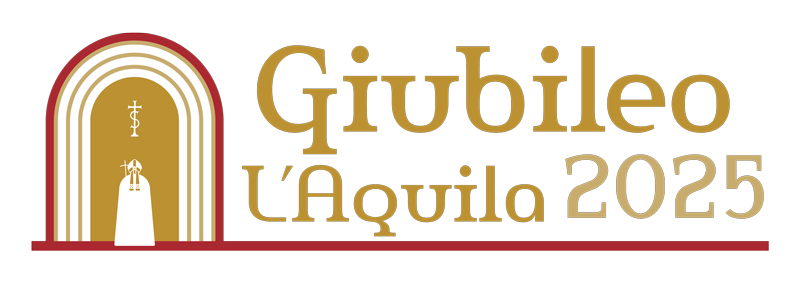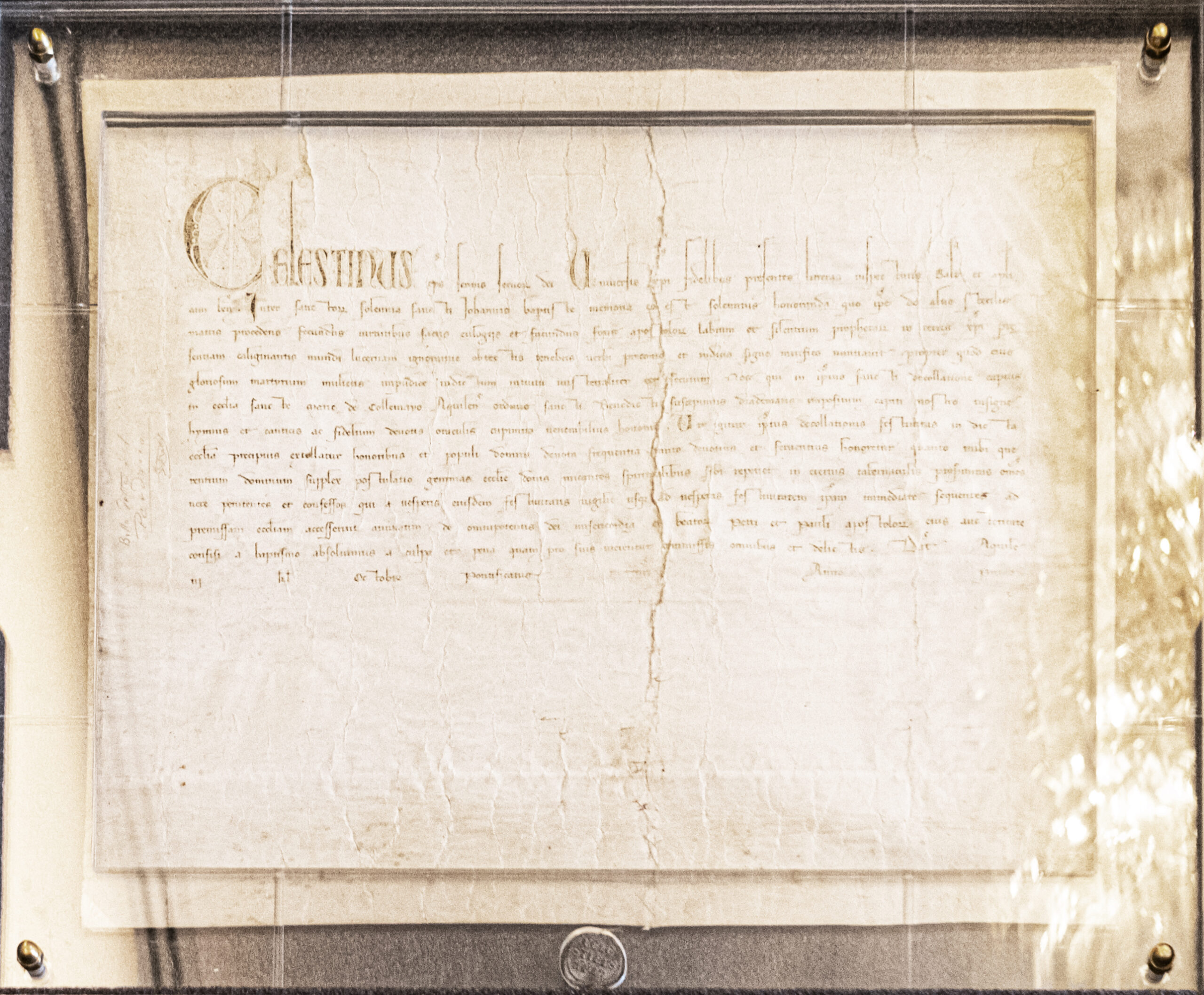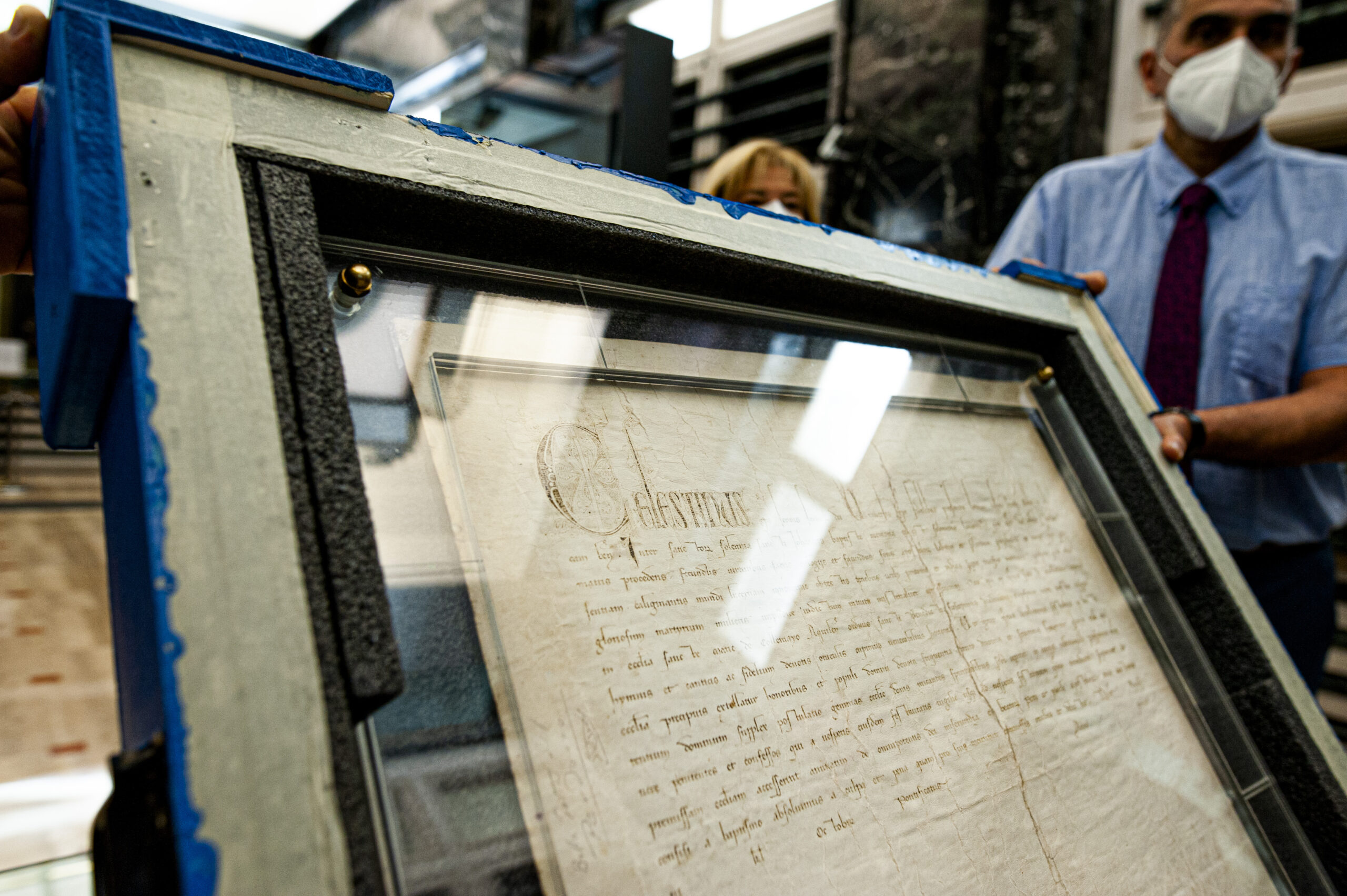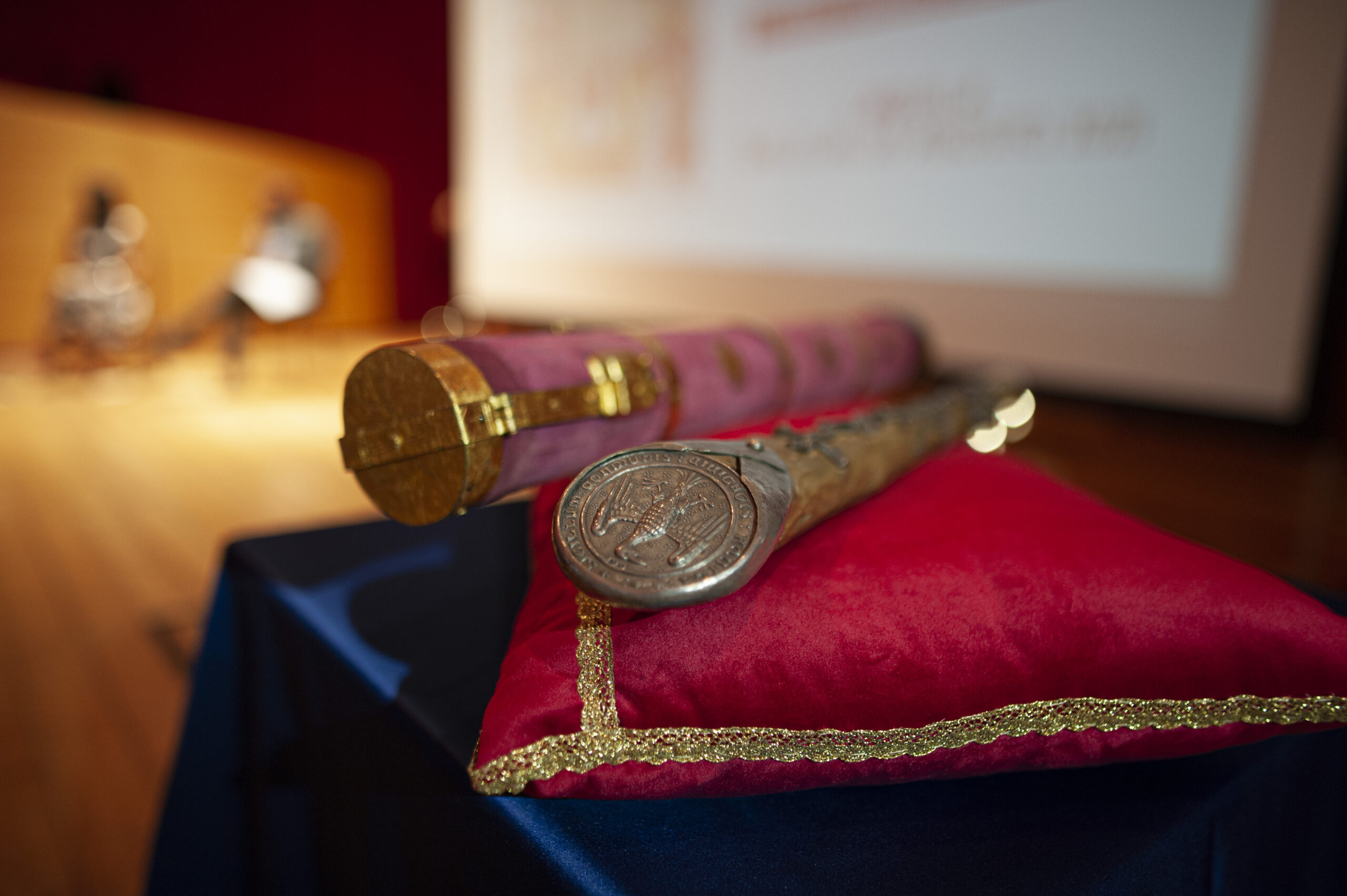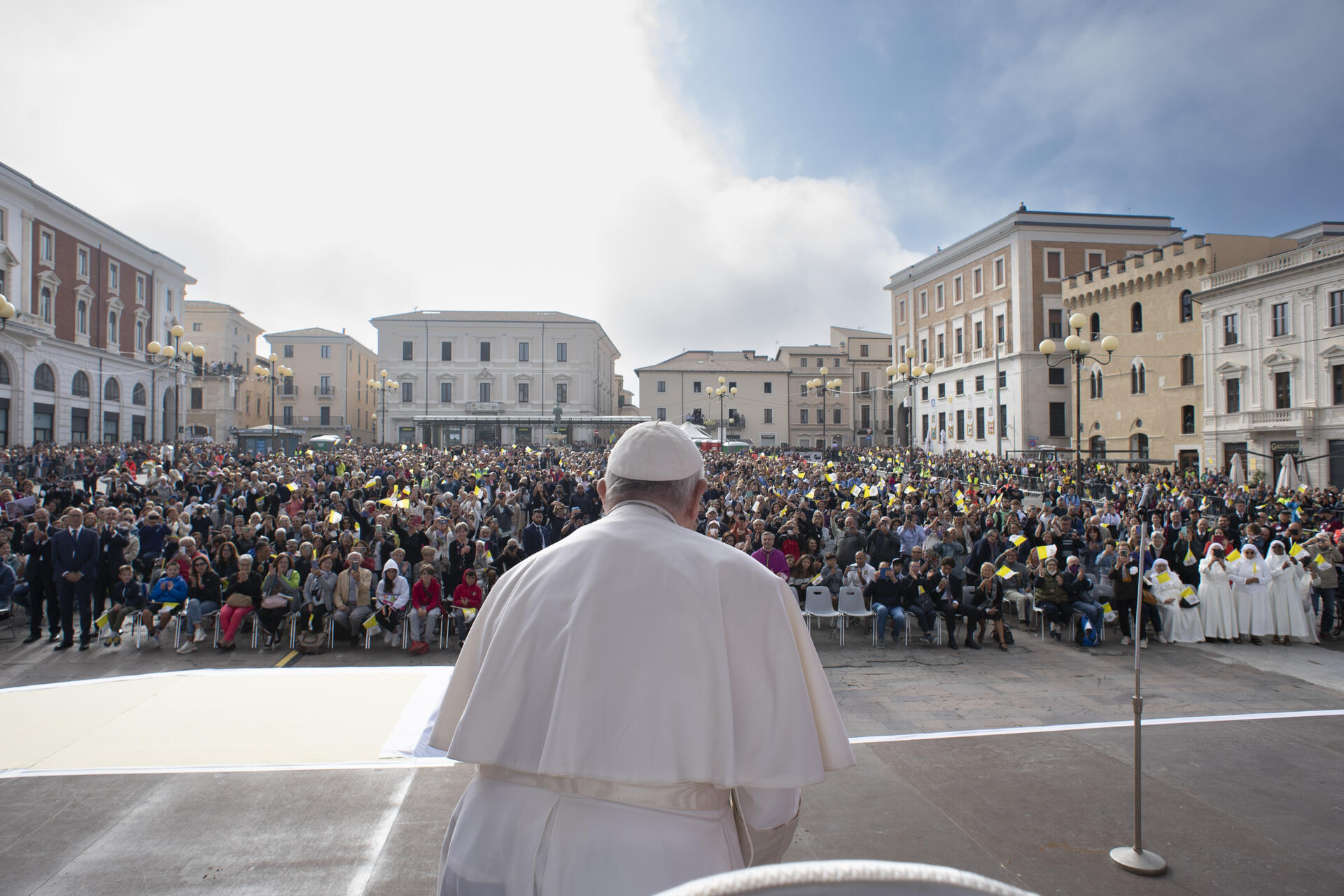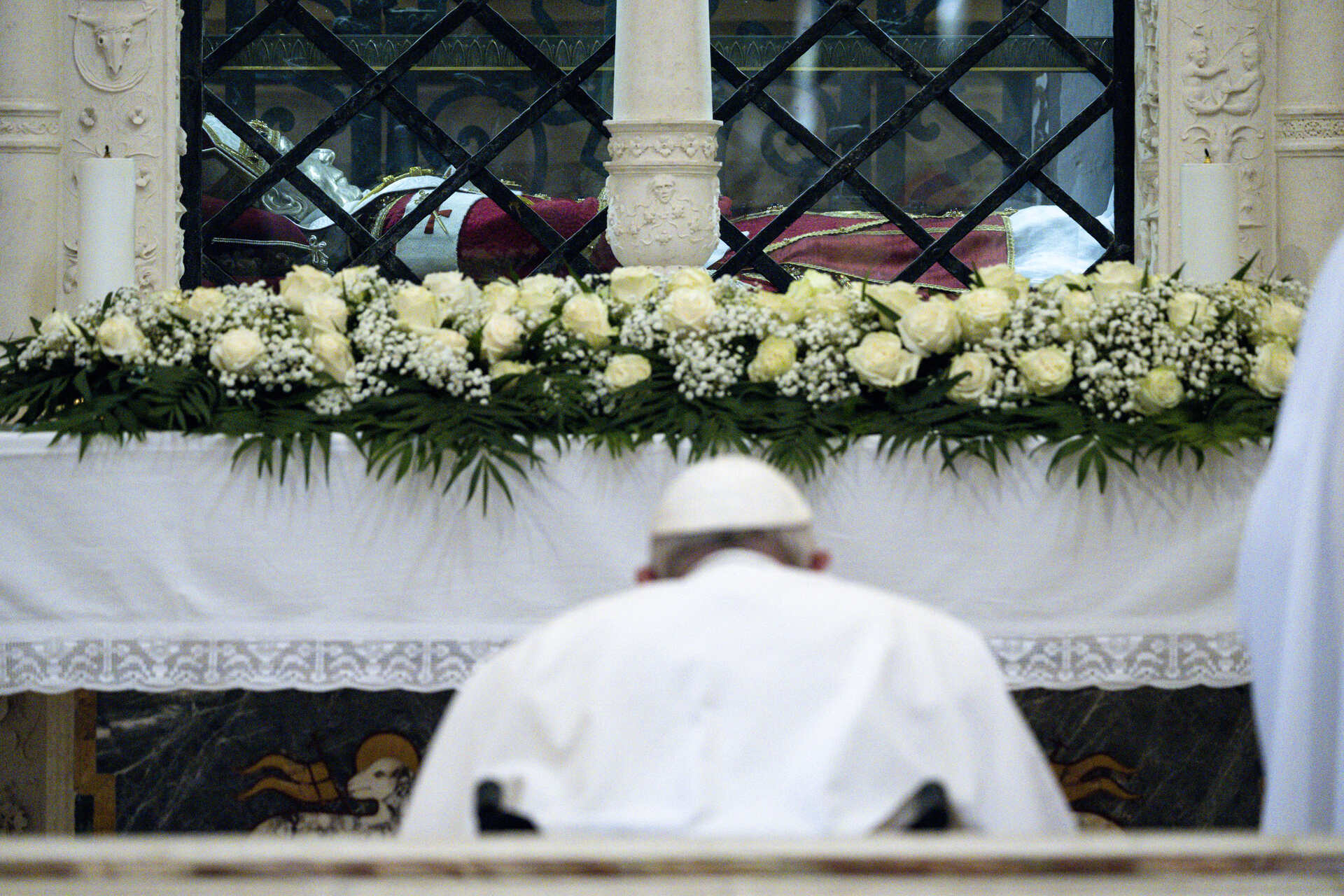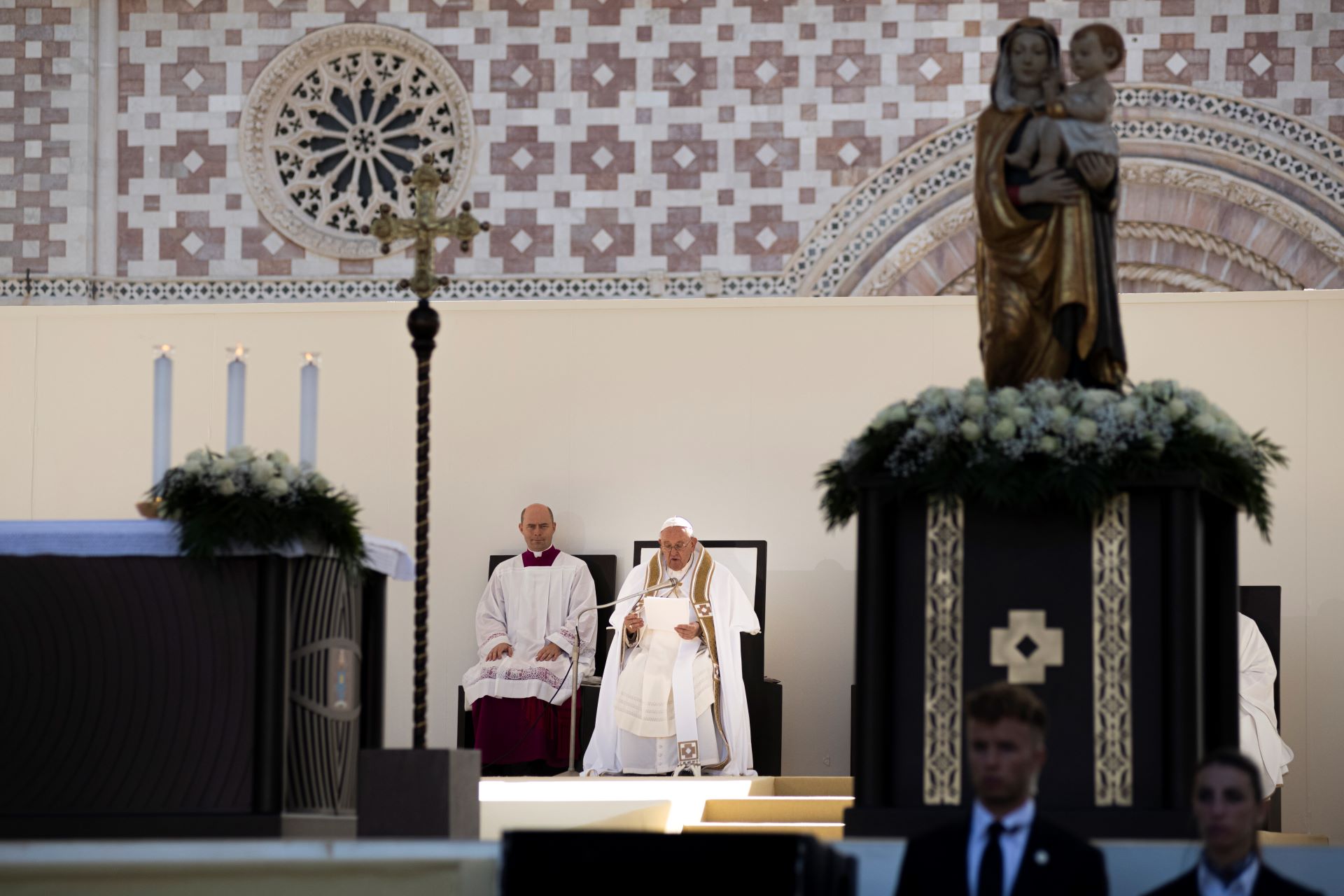
The Celestinian Forgiveness has renewed for over seven centuries in L’Aquila the rite of Forgiveness for all Christians who, sincerely repentant and confessed, visit the Basilica of Santa Maria di Collemaggio every year from Vespers on August 28 to Vespers on August 29.
The tradition was inspired by Pope Celestine V, who in 1294 issued a historic Papal Bull granting Plenary Indulgence to anyone who went to the Basilica of Santa Maria di Collemaggio between the evening of August 28 and the evening of August 29 of each year, passing through the Holy Door.
Thanks to this celebration, L’Aquila has maintained for centuries the gift that Pope Celestine left it, with the living testimony of an ancient tradition that still today includes rites and celebrations that have been handed down uninterruptedly since 1294, giving a sense of continuity and cultural identity to the entire community of the city.
The Celestinian Pardon granted for the first time in Christian history a plenary indulgence to all the faithful, absolving them from guilt and punishment for sins committed since baptism, after having fulfilled the prescribed rites.
Until then, plenary indulgence was, in fact, granted only to crusaders departing for the Holy Land and to pilgrims going to the Porziuncola in Assisi. Mostly the prerogative of the rich, who in exchange for substantial alms would have obtained at least partial remission of sins, in L’Aquila the Pardon would, instead, have been renewed annually and also granted to the poor and the underprivileged.
The Celestine Indulgence immediately appeared in its spiritual value but also in its political significance, as an important opportunity to increase the economic and civil power of the city.
The first solemn celebration took place in 1295, against the will of Boniface VIII, the reigning pontiff, who attempted to annul the Celestinian Indulgence with a Bull issued on 18 August 1295.
The faithful, the monks of Collemaggio and the civil authorities did not care about the provision of the new Pope and, refusing to hand over the Bull to him, as they had been ordered, immediately worked to ensure that the ceremony had the prominence it deserved.
In recent times, Pope Paul VI was the first Pontiff in modern history who in 1967 recognized this tradition of the ecclesial and civil community of L’Aquila.
Although he never visited the capital of Abruzzo, Paul VI confirmed the authenticity of the Bull of Pardon of Pope Celestine V, recognizing it as having first place in the list of Plenary Indulgences and opening the doors to a path that would indelibly mark the history of the Church and of the city of L’Aquila.
R ecognized in 2019 by UNESCO as an Intangible Heritage of Humanity, the Celestinian Forgiveness celebrates every year in L’Aquila, always with great participation, the rite of Forgiveness with the Procession of the Bull, which parades through the streets of the historic center from the Palazzo Civico to the Basilica of Santa Maria di Collemaggio.
The procession involves the entire citizenry and sees, among the representative figures, the Lady of the Bull, the Young Lord and the Lady of the Cross, to symbolize the values of hospitality, solidarity and peace.
Once the procession reaches the Basilica of Collemaggio, in the presence of the major civil and religious authorities, the ancient Bull of Forgiveness is read, and then the Holy Door is opened by a Cardinal.
The latter knocks three times, with an olive branch, on the Holy Door, so that it is opened for the faithful who can thus obtain the Plenary Indulgence.
The Christian faith of Pope Celestine V has thus come down to us, and, for the first time in 728 years (that is, since Celestine V instituted it), the annual Plenary Indulgence has been proclaimed by a Pontiff.
The pastoral visit of Pope Francis to L’Aquila on August 28, 2022, on the occasion of the Celestinian Pardon, was, in fact, an event of historic significance.
The Pontiff granted the Indulgence that extended the Celestinian Pardon for a full year, until August 28, 2023.
Pope Francis opened the Holy Door of the Basilica of Santa Maria di Collemaggio with three blows of the olive staff of Gethsemane, making a gesture that will remain in history and transmitting a profound message of brotherhood and forgiveness to the entire community.

